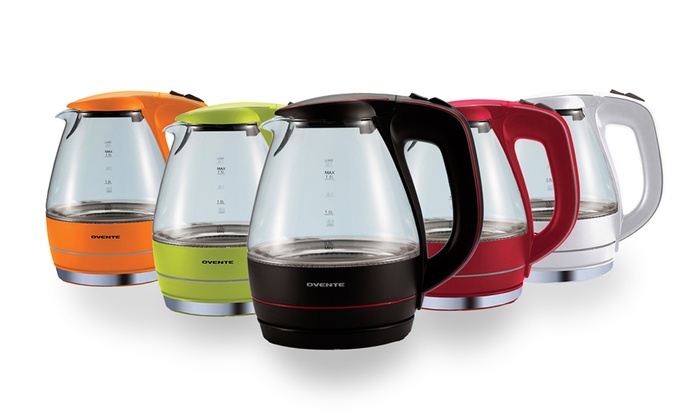Boiling water seems to be one of the simplest tasks of all household chores. For an avid drinker of tea, coffee, or mate who needs to repeat this task manually several times a day, there is a device that facilitates and expedites this task even more is Electric Kettles For Instant Coffee.
Electric kettles, also called electric pot or electric pot, are popular among many coffee and tea lovers because they bring convenience On table coffee kettle, speed and precision to the process of boiling water that no traditional kettle can combine. If you are thinking of buying one, keep an eye on the features listed below, they need to be considered so that you are sure that you are making the best purchase.
Benefits of using electric kettles
These handsets provide some considerable benefits that make it worth the cost to many consumers:
Speed – Electric Kettle for coffee and tea cause water to boil faster than a stove or microwave. Whether you value efficiency or want your coffee cup to be ready faster every day, an electric kettle will make your life much easier.
They are easy to use – In almost all cases, you add water, press a button and you’re done. Even electric kettles with more configurations and temperature range are usually quite intuitive to use.
They are efficient – Electric kettles use less energy to boil water than a microwave oven and do not waste most of the heat like an electric cooker.
Unparalleled precision – While this is not important to everyone, getting the right temperature when preparing some types of tea can make a big difference in the flavor you get, so any lover of these drinks will benefit from the precision that an electric kettle offers. Anyone who likes oolongs or green teas needs to be able to adjust the water to a specific temperature in a simple way.
You do not need an electric kettle to boil water, but if you make tea, coffee and other hot drinks with a certain frequency, it can make your life a lot easier.
Best electric kettles
Kettle Stainless Steel Prime – Cadence
It features various practical functions such as automatic shut-off after boiling water and a detachable basin jar for easy servicing. The lid does not need to be opened to serve, which is more practical and keeps the water temperature better. The kettle is made of brushed stainless steel and has a strong wire door to make it even more beautiful and features water level indicators. Cadence Prime has the best value for money, with practical functions and no exaggeration, ideal for those who do not need very advanced features. Most electric kettles with similar prices do not have as many features as this. Before buying electric kettle , you can go through Best electric kettle reviews.
Stainless Steel Supreme Kettle – Cadence
This stainless steel electric kettle has temperature setting of 60 ° C, 70 ° C, 80 ° C and 90 ° C and boiling so you can use it in drinks that require a lower temperature, such as certain teas and for different coffee brewing. After reaching the desired temperature, the Supreme Cadence kettle automatically shuts off and has a system that keeps the water warm. These adjustments can be seen in the LED lighting, which in addition to showing the operation of the kettle, also changes color to show the selected temperature. The jar also features an illuminated acrylic display so you can keep up with the heating or boiling. If you need precise water temperature control, this is the best option.
How Electric Kettles Work
Electric kettles are powered by a heating element that works the same way as an electric line. The heating element is a resistor (also called a resistor) – a material that resists the flow of electricity. When the electricity flows to the resistor, it is transformed into heat. This heat is what heats the water inside the electric kettle.
The heating element is often controlled by the thermostat. The thermostat has a variable resistor inside. The higher you set the temperature, the lower the resistance. A small current flows through the thermostat, usually by controlling an electronic switch called a transistor. The transistor, in turn, controls the heating element. When the resistance rises in the thermostat, less current flows, which causes less current to flow through the heating element.






